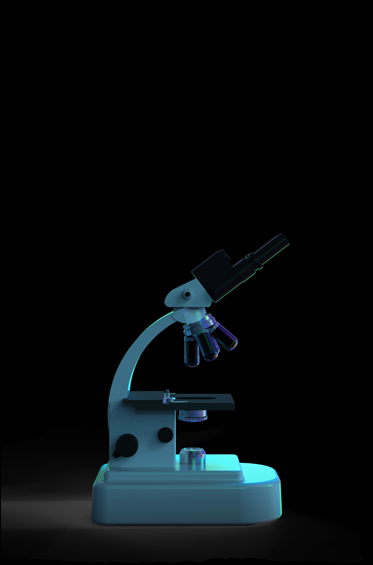China’s proposed Medical Devices Administration Law heralds a new era in medical device regulation, promising enhanced safety, accelerated innovation, and improved market access.
On August 28, 2024, China’s National Medical Products Administration (NMPA) unveiled the draft “Medical Devices Administration Law of the People’s Republic of China” for public comment. This groundbreaking legislation, comprising 11 chapters and 190 articles, represents a comprehensive overhaul of China’s medical device regulatory framework. The proposed law aims to strengthen management, ensure safety and effectiveness, promote innovation, and align with international standards. For regulatory professionals and stakeholders in the medical device industry, this development signals a paradigm shift in the Chinese market, offering both exciting opportunities and new challenges.
Key Aspects of the New Proposed Regulations
1. Elevated Legal Status
The draft law elevates medical device regulation from administrative measures to national law, underscoring its critical importance in China’s healthcare system. This change reflects the government’s commitment to enhancing the quality and safety of medical devices while fostering industry growth.
2. Risk-Based Classification System
The law maintains the three-tier classification system for medical devices based on risk levels:
- Class I: Low-risk devices
- Class II: Moderate-risk devices
- Class III: High-risk devices
This classification determines the level of regulatory scrutiny applied to each device category, ensuring appropriate oversight based on potential risks.
3. Emphasis on Innovation
Articles 5 and 6 introduce measures to support and incentivize innovation in the medical device sector:
- Establishing a medical device industry development fund
- Encouraging healthcare institutions to prioritize innovative devices in procurement
- Allowing premium pricing for innovative medical devices
- Supporting cross-disciplinary research and development
4. Streamlined Standards and Clinical Trials
- The law simplifies the standards hierarchy, emphasizing mandatory national standards and encouraging the adoption of recommended national standards where mandatory ones are absent.
- International multi-center clinical trials are encouraged, with provisions for accepting overseas clinical data that meet Chinese regulatory requirements.
- Ethical review processes for multi-center trials are streamlined, promoting mutual recognition of results across institutions.
5. Registration and Filing Processes
- Class I devices require filing, while Class II and III devices need registration.
- The renewal window for registration certificates is extended to 6-12 months before expiration, up from the current 6 months.
- Overseas manufacturers must designate a domestic legal entity with appropriate licenses as their responsible party in China.
6. Manufacturing and Quality Management
- High-risk implantable devices cannot be outsourced for manufacturing.
- Manufacturers must implement and maintain robust quality management systems.
- Regular self-inspections and reporting are mandated for manufacturers.
7. Import and Export Regulations
- Imported devices must have Chinese labeling and instruction manuals.
- A new framework for cross-border e-commerce of medical devices is introduced, requiring domestic service providers.
8. Post-Market Surveillance and Vigilance
- A national vigilance system is established to monitor and assess adverse events.
- Manufacturers are responsible for ongoing research and improvement of marketed devices.
9. Enhanced Supervision and Penalties
- The law grants regulators expanded powers for unannounced inspections and enforcement.
- Penalties for non-compliance are significantly increased, including fines, license revocations, and potential detention for responsible individuals.
Areas of Interest for Medical Device Stakeholders
- Innovation Support: The law’s focus on innovation presents opportunities for companies with cutting-edge technologies to potentially benefit from expedited reviews and market incentives.
- Clinical Data Acceptance: The openness to international clinical data could reduce the burden on foreign manufacturers entering the Chinese market, provided the data meets local requirements.
- Domestic Representation: The requirement for overseas manufacturers to have a domestic responsible party with appropriate licenses may necessitate new partnerships or organizational structures for foreign companies.
- E-commerce Regulations: The framework for cross-border e-commerce of medical devices opens new channels for market entry but requires careful navigation of the regulatory landscape.
- Post-Market Responsibilities: Increased emphasis on ongoing research and vigilance places greater responsibility on manufacturers throughout the product lifecycle.
- Stricter Penalties: The enhanced penalties for non-compliance underscore the need for robust regulatory strategies and quality management systems.
- Streamlined Processes: Simplified standards and extended renewal windows may ease some regulatory burdens, but companies must stay vigilant in maintaining compliance.
Conclusion
China’s new Medical Devices Administration Law represents a significant evolution in the country’s approach to regulating medical devices. While it promises to enhance safety, effectiveness, and innovation, it also introduces new challenges and responsibilities for industry players. As the global medical device market continues to grow, understanding and adapting to these regulatory changes will be crucial for companies looking to succeed in China’s dynamic healthcare landscape.
Stay informed about the final version of this law and its implementation timeline. Consider reviewing your current regulatory strategies and partnerships in China to ensure alignment with the new requirements.
